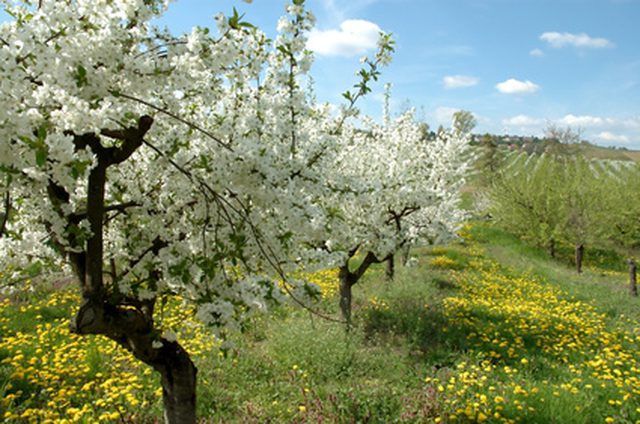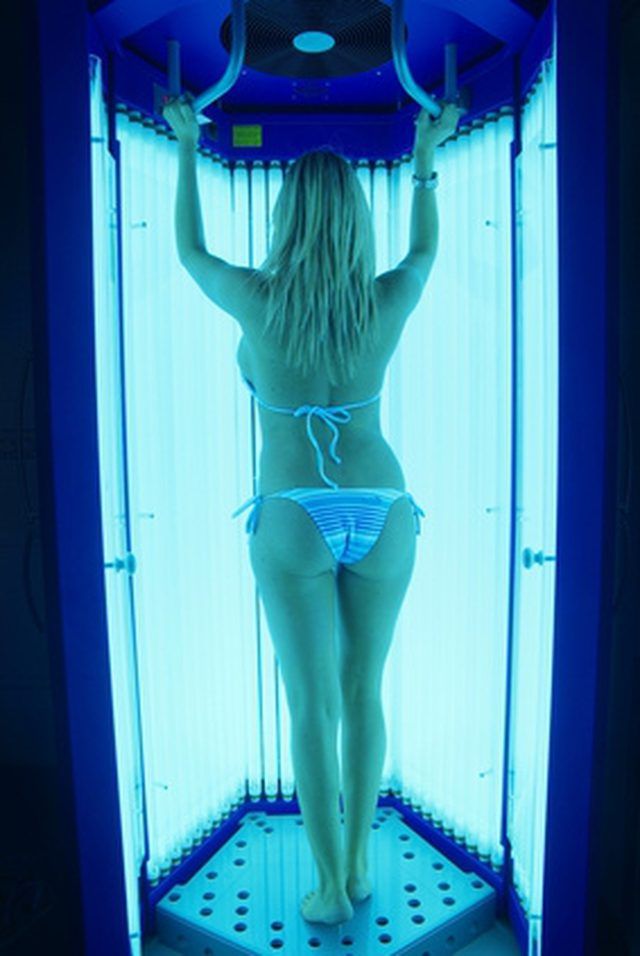Bulbs
Flower Basics
Flower Beds & Specialty Gardens
Flower Garden
Garden Furniture
Garden Gnomes
Garden Seeds
Garden Sheds
Garden Statues
Garden Tools & Supplies
Gardening Basics
Green & Organic
Groundcovers & Vines
Growing Annuals
Growing Basil
Growing Beans
Growing Berries
Growing Blueberries
Growing Cactus
Growing Corn
Growing Cotton
Growing Edibles
Growing Flowers
Growing Garlic
Growing Grapes
Growing Grass
Growing Herbs
Growing Jasmine
Growing Mint
Growing Mushrooms
Orchids
Growing Peanuts
Growing Perennials
Growing Plants
Growing Rosemary
Growing Roses
Growing Strawberries
Growing Sunflowers
Growing Thyme
Growing Tomatoes
Growing Tulips
Growing Vegetables
Herb Basics
Herb Garden
Indoor Growing
Landscaping Basics
Landscaping Patios
Landscaping Plants
Landscaping Shrubs
Landscaping Trees
Landscaping Walks & Pathways
Lawn Basics
Lawn Maintenance
Lawn Mowers
Lawn Ornaments
Lawn Planting
Lawn Tools
Outdoor Growing
Overall Landscape Planning
Pests, Weeds & Problems
Plant Basics
Rock Garden
Rose Garden
Shrubs
Soil
Specialty Gardens
Trees
Vegetable Garden
Yard Maintenance
Effects of Ultraviolet Light on Plant Growth
Effects of Ultraviolet Light on Plant Growth. Light is made up of particles of energy, known as photons. The light we see is made up of photons of different wavelengths and, thus, different colors. Ultraviolet light is invisible. Plants can use most of the colored spectrum, but not ultraviolet light.

Light is made up of particles of energy, known as photons. The light we see is made up of photons of different wavelengths and, thus, different colors. Ultraviolet light is invisible. Plants can use most of the colored spectrum, but not ultraviolet light.
Ultraviolet Light
Ultraviolet (UV) light has among the shortest wavelengths in the light spectrum. Although the sun radiates ultraviolet light, most of it is screened by the stratospheric ozone layer so it does not affect plant growth.

Microscopic Life Forms
Ultraviolet light is used to kill bacteria and other microscopic life forms. Its deadly effect is not limited to microscopic organisms, though. UV light can alter the composition of materials and conditions needed for photosynthesis, the process plants used to grow.
Crops
Scientists have been testing the effects of ultraviolet-B radiation on crops for decades due to concerns about the depletion of the ozone layer. Although the effects vary among plant species and cultivars, most plants are negatively affected to some degree.
UV-Resistant Plants
Scientists are addressing concerns about potential crop losses by trying to develop plants that are resistant to damage from ultraviolet light.
Limiting the Effects
According to plant scientists Alan Teramura and Joe Sullivan of Columbia University, plants which are not stressed by lack of water or nutrients are better able to withstand exposure to ultraviolet light.